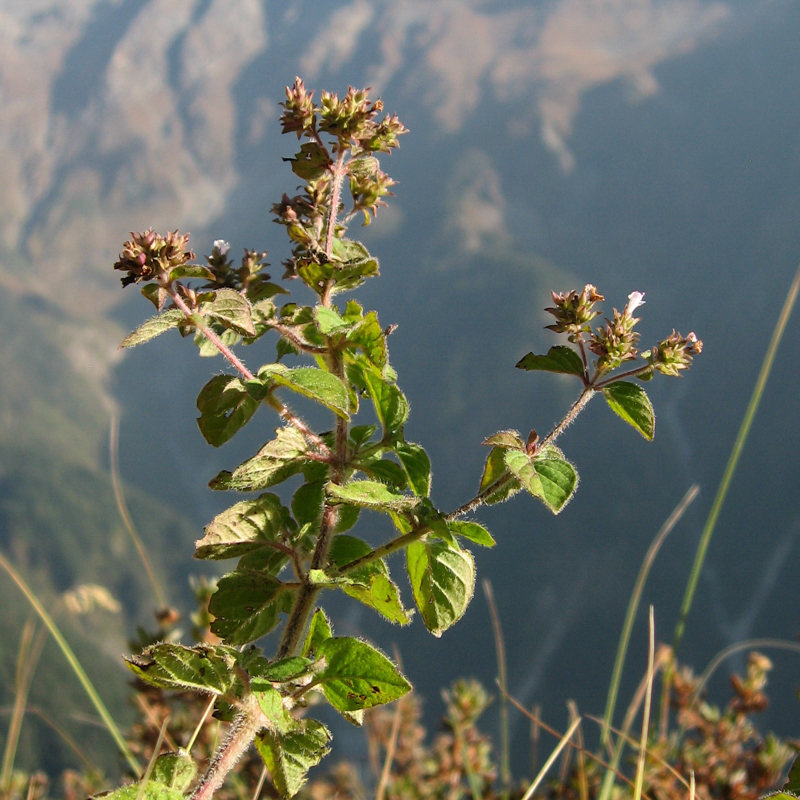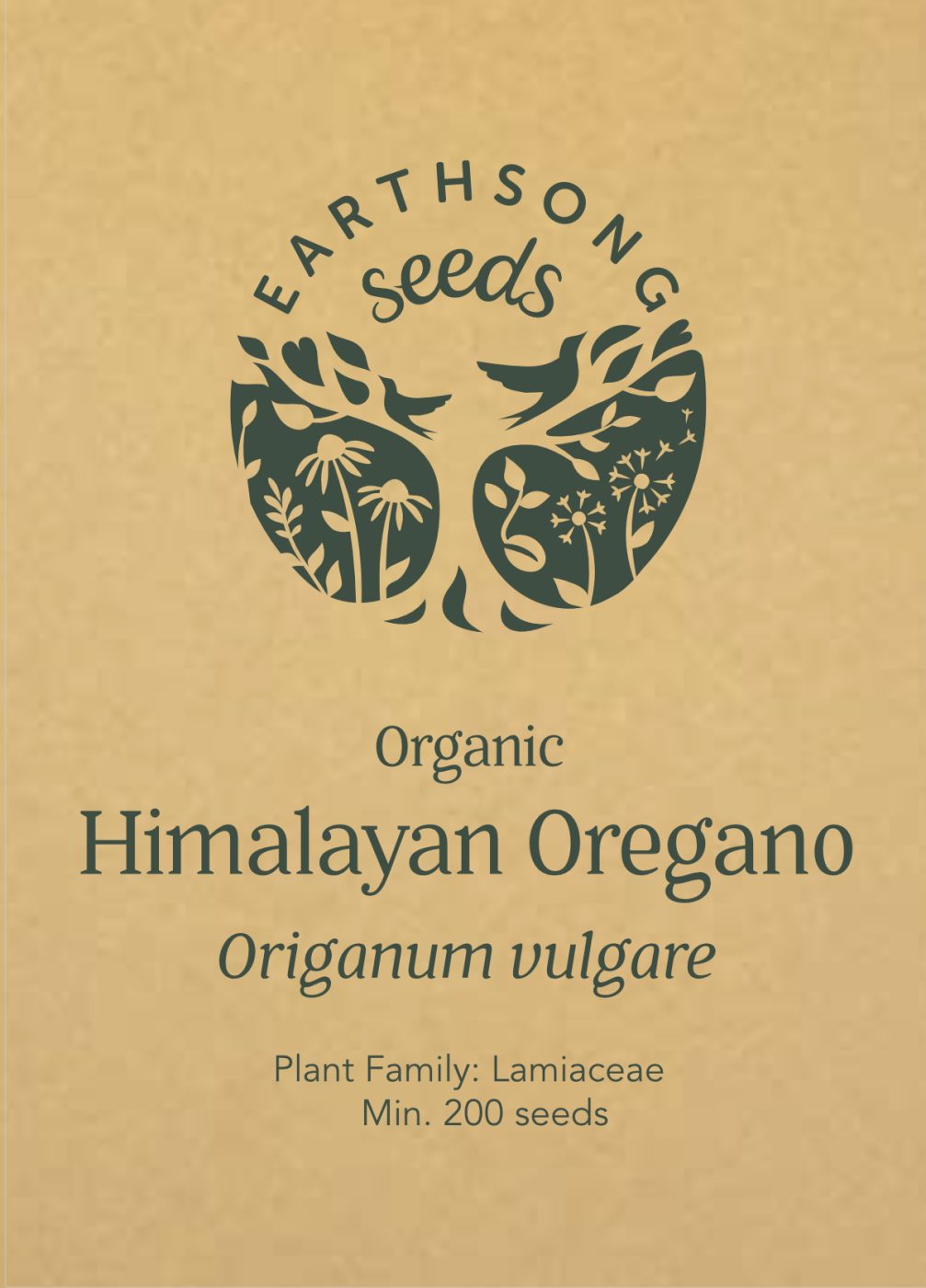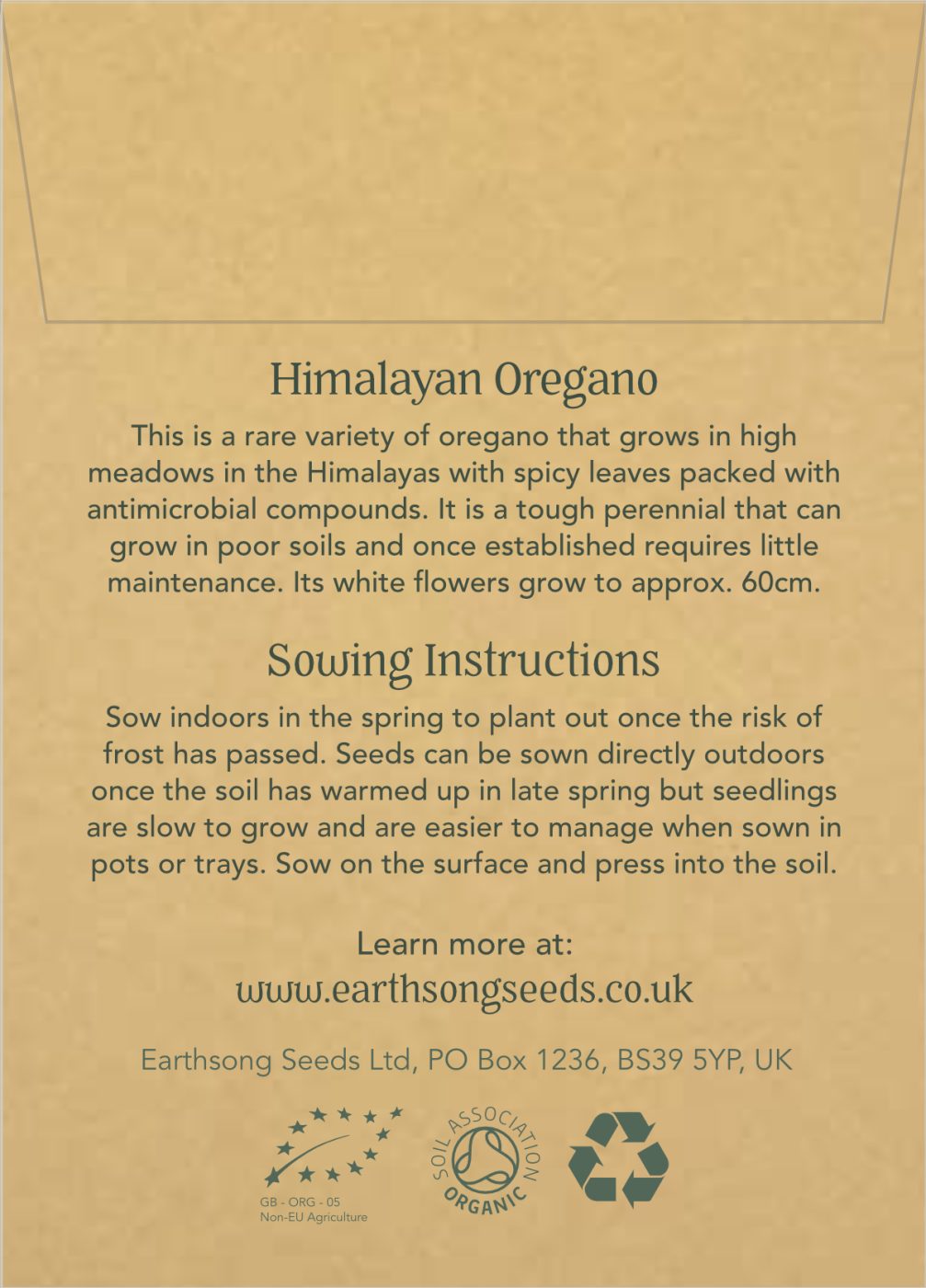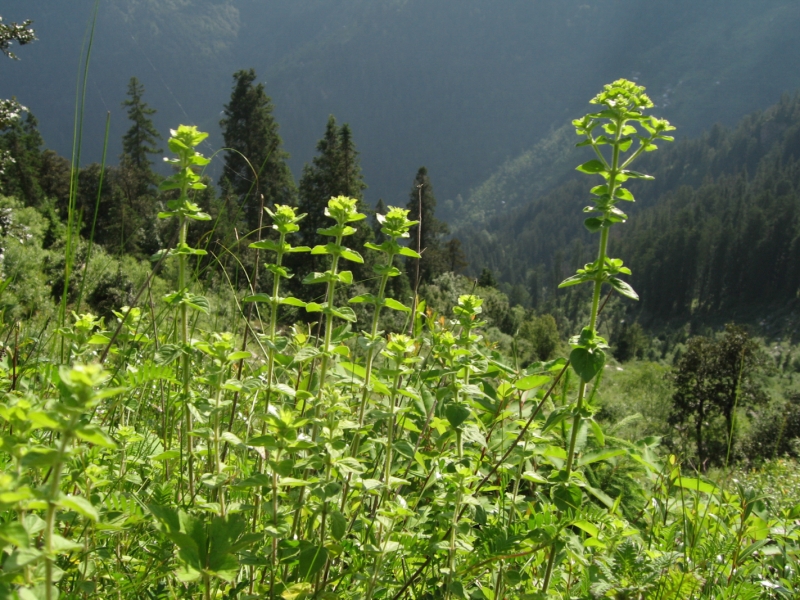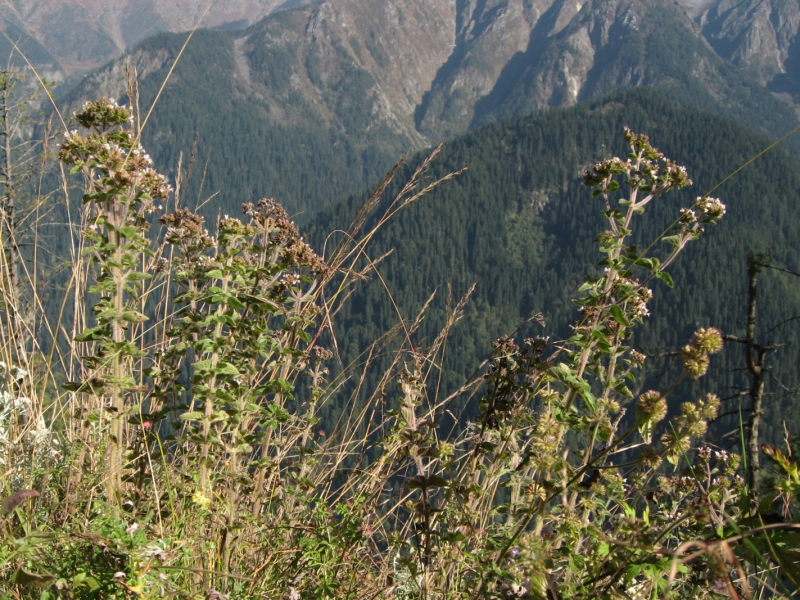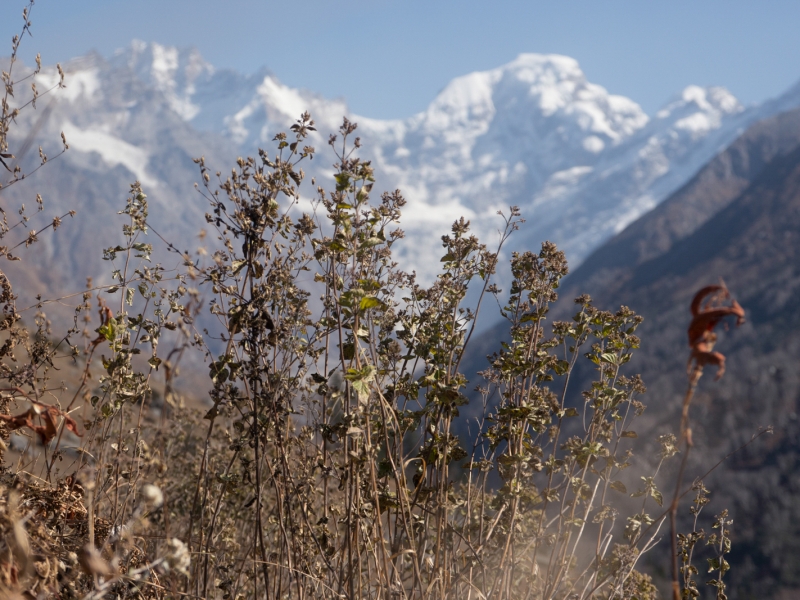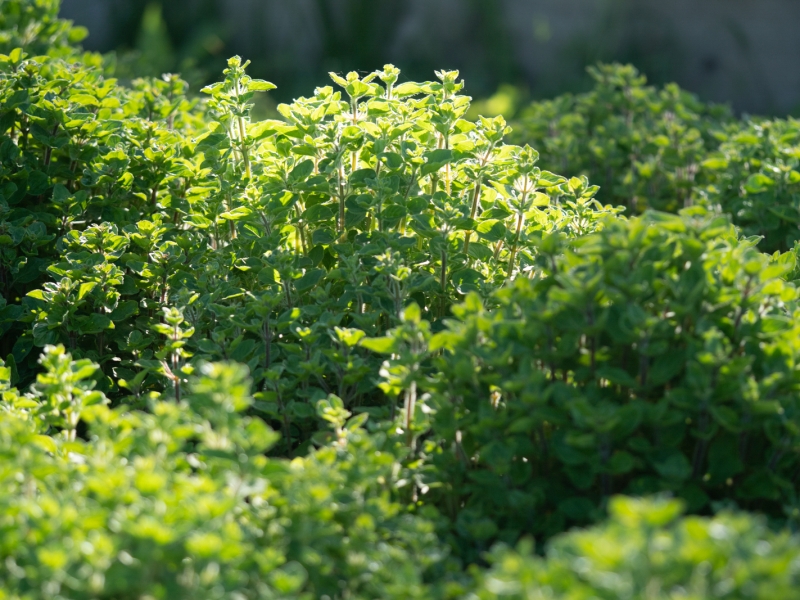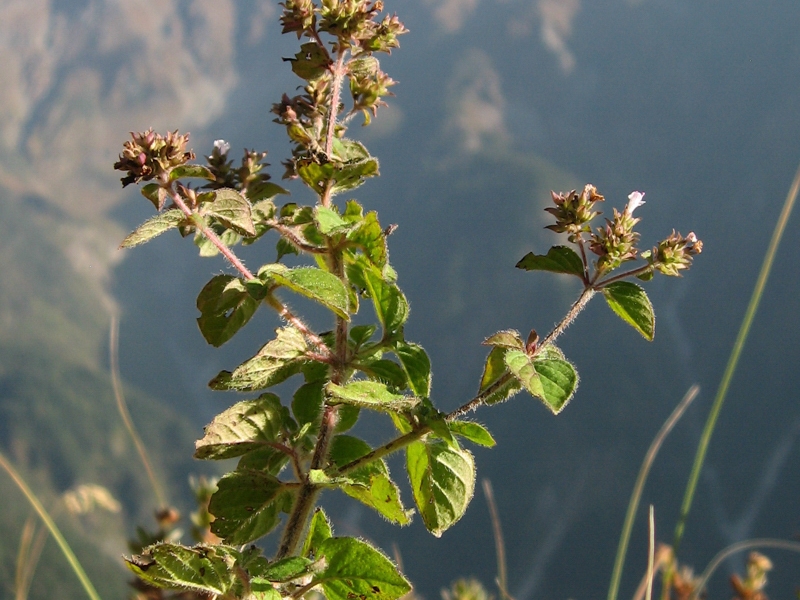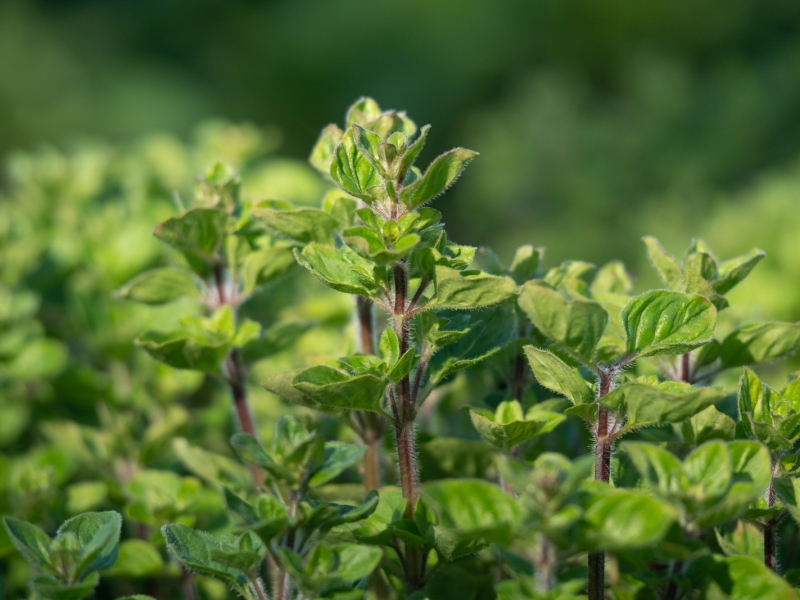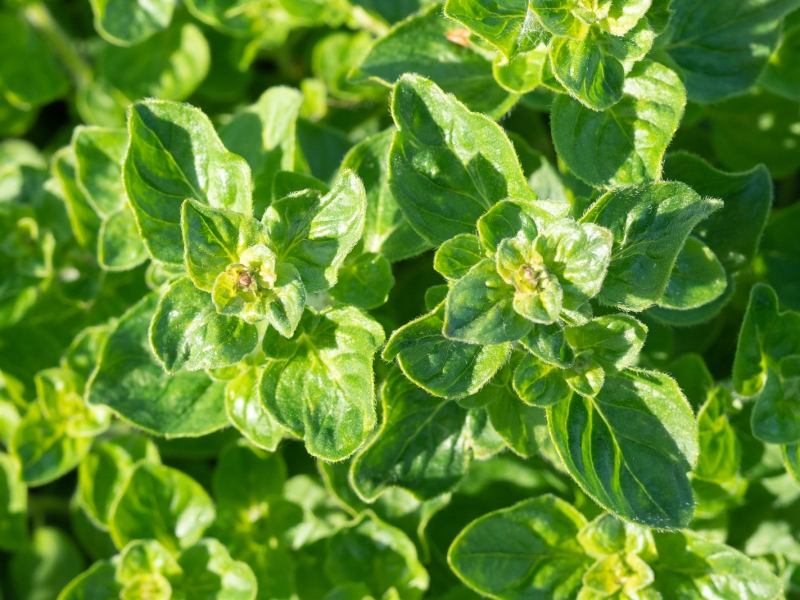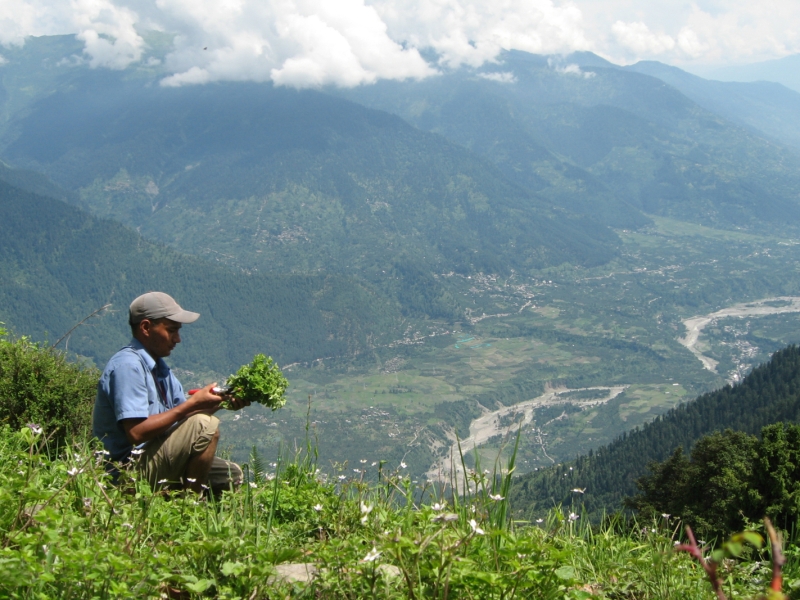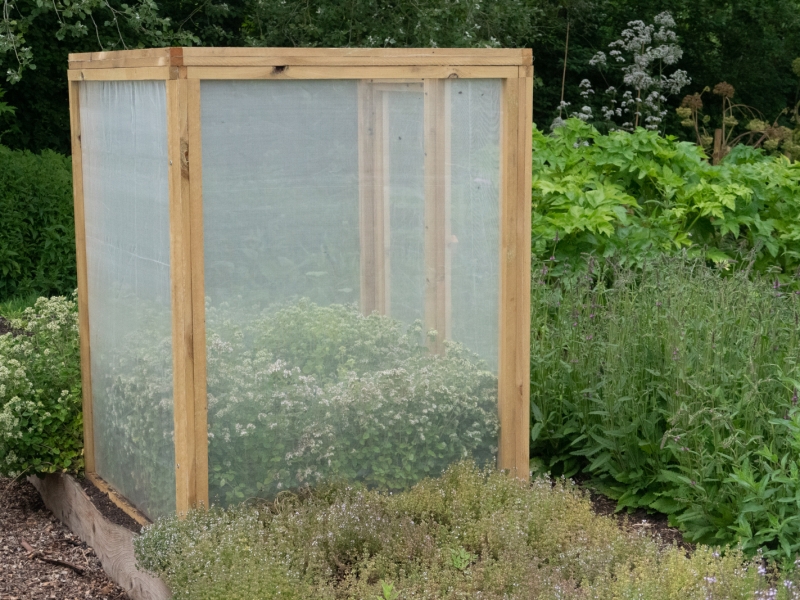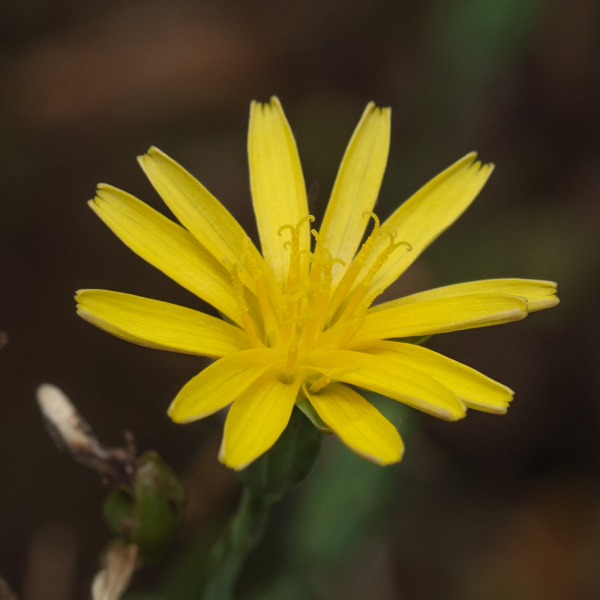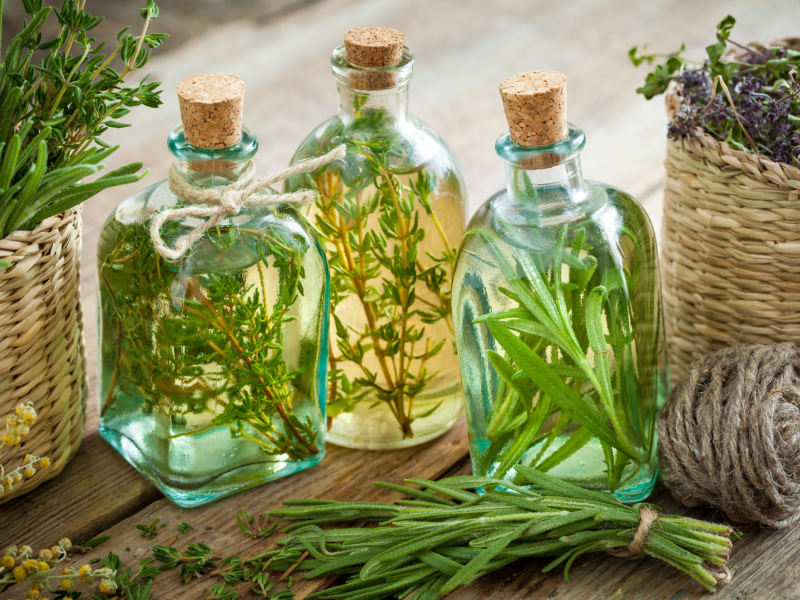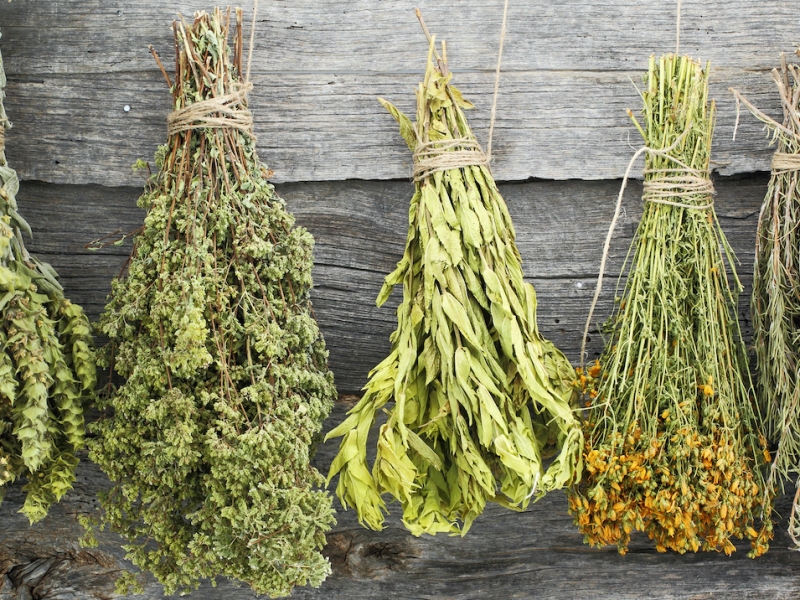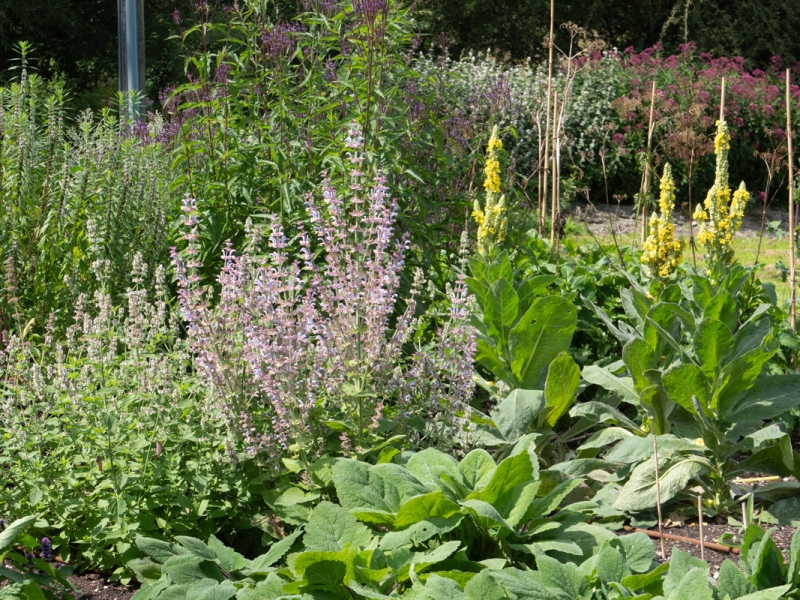Description
This is a rare variety of oregano that grows in high meadows in the foothills of the Himalayas. Packed with antimicrobial compounds, it has a distinctive spicy taste that is equally as valuable in the medicine chest as it is in the kitchen.
Himalayan oregano was the focus of a project that Ben, our Head Seedsman, worked on for several years when he was living in India. Its essential oil was found to be effective at killing MRSA and other hospital ‘superbugs’, and its abundance in the mountains presented an opportunity to create sustainable employment for local herb collectors. In combination, this led to a conservation project with the aim of reducing dependency on harvesting endangered herbs by creating oregano-based antimicrobial products for use in hospitals and nursing homes… a long and fascinating story, hopefully one for a future blog post.
15 years later we are still enjoying the benefits of Himalayan oregano, now with a healthy patch of plants growing in our nursery in Somerset. As far as we are aware, this is the only source of seed outside of its natural habitat – we hope you enjoy it as much as we do!

